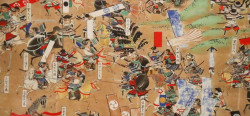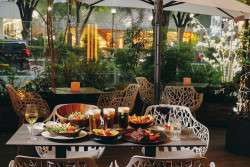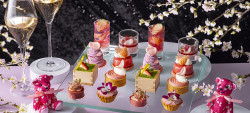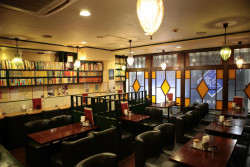
August 31, 2012
Searching for a Yokozuna
The fight for champion at the autumn sumo tournament
By Metropolis
Originally published on metropolis.co.jp on August 2012

Most Japanese will tell you that sumo is the national sport. It is not, and never has been—few nations on earth have passed legislation to this effect.
It is, however, recognized as something just a little bit “more” than a sport by most, what with men weighing anything up to a quarter of a ton launching themselves at each other after several minutes of slow and careful preparation. Throw in a sizeable dollop of Shinto-based pomp and ceremony, and it is one aspect of the local culture most first timers and tourists will never forget.
And with September rolling around once again, so too arrives the holding of the latest Aki Basho (Autumn tournament) at the Ryogoku Kokugikan, from September 9 to 23.
With sumo tournaments held every two months, and with a Mongolian ozeki, Harumafuji, winning the July basho down in Nagoya, all eyes will be on the 129kg lightweight to see if he can win back-to-back tourneys and thus guarantee himself promotion to yokozuna—a title usually translated as “grand champion” in English.
Should the fighter—who is known for his passion for painting—manage to triumph, his nationality will cause quite some consternation in the local media—since no Japanese sumo wrestler has been promoted to the top rank in the sport since 1998. Depending on whom you ask, this is either something of a national embarrassment ,or evidence that the world of sumo is opening its doors to the world.
Yokozuna Grand Champion Hakuho, a Mongolian, dominates sumo today. In the second rank of ozeki, besides Harumafuji, there are five other fighters vying for promotion to yokozuna, of which just two are Japanese—Kisenosato and Kotoshogiku. The remaining trio is made up of an Estonian (Baruto), a Bulgarian (Kotooshu) and another Mongolian (Kakuryu).
Come September 9, fans will be watching Harumafuji in his quest for promotion. Whether or not he will repeat the perfect 15-0 score he put together in Nagoya remains to be seen, but in two previous attempts after winning his first two Emperor’s Cups he flopped badly—scoring 9-6 over 15 days of action in 2009, and 8-7 this time last year.
The pressure will thus be on the man like never before. Yokozuna Hakuho and the rest of the men in the ozeki rank are all approaching peak form, and there is a talented crop of Japanese rikishi champing at the bit in the ranks below—all awaiting their own chance for advancement.
Myogiryu, Goeido, and Chiyotairyu are all names outside the upper two ranks to keep an eye out for, as is Osunaarashi (literally “big sandstorm”) way down in the Sandanme division, sumo’s fourth from top. Egyptian by birth, he is the first African, first Muslim and first from his nation to enter the professional game. To date, he has fought just 12 times and has yet to be defeated. He is one who will surely be making his way upward to the topmost Makunouchi division—home of Hakuho, Harumafuji and company—sooner, rather than later.
TICKET TIPS
Don’t be put off by tales of exorbitant prices and tickets as rare as hen’s teeth.
- Prices for reserved seats on the second floor start at a reasonable ¥3,600, moving up to ¥11,300 per person for box seats on the first floor.
- Day tickets cost just ¥2,100 and are usually available at the stadium’s ticket office any time Monday to Friday. On weekends, lines for these tickets usually start around 6am, and with just 400 available, they sell out pretty fast.







